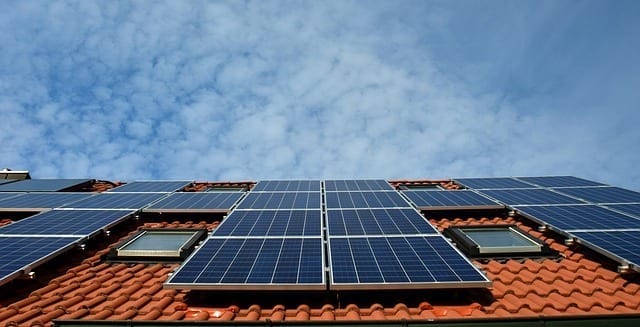
Lifestyle
Microgrids: The Future of Energy
The need to decrease our reliance on burning fossil fuels for energy has allowed for many alternative energy sources. With our continued reliance on municipal power grids to supply electricity, we must look to other means to generate our energy needs.
Enter, the microgrid: an energy system consisting of distributed energy sources that operate independently from a main power grid. A microgrid’s primary purpose is to ensure local, reliable power for urban and rural communities. Rather than generating power for a wide area from a utility grid, it instead localizes energy production by providing a closer proximity between power generation and the end user. The result? A much efficient in usage with less people utilizing it. 
Microgrids can integrate with a variety of renewable energy sources that best suit a community’s needs. This could include a microgrid that is entirely reliant on solar, wind, hydro, geothermal, or any other renewable energy source. An important aspect that this proposes for microgrid operators is that it allows for decentralization from major energy providers. Rather than relying on natural gas, coal, and fossil fuels burned by these utility companies to product energy, microgrids operators, and those that utilize it, can be free to produce all the energy they need. A microgrid could essentially be operated by anyone with several solar panels and the means to store the energy produced.
This idea alludes to an exciting future where we could potentially see thousands of microgrids pop up around the country, operated by entire communities that are producing and distributing energy in a responsible and sustainable way.
Benefits of Microgrids
During a blackout, every single entity that is connected to the central power grid goes offline. While there are typically backup power sources, sometimes entire cities are without power until the problem is fixed. This is not the case with microgrids. Instead, they are like islands, separate from a central grid. By generating energy in smaller localized areas, the entire community is protected from going without power.
It also can be a tangible solution for the 1.2 billion people that do not have access to electricity around the world. The previously proposed solution was to extend the existing central power grid, but this is not a sustainable way to provide energy. With adequate funding, education, and widespread adoption, microgrids have the potential to change the lives of over one billion people who live without steady electricity.
With a growing public agreement on the importance of more sustainable means of energy production, microgrids can be the beginning of a step towards a brighter, cleaner future.


1 Comment